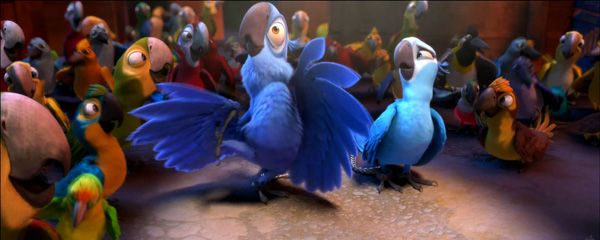Kaptai Lake, Chittagong Hill Tracts, Bangladesh
In the early 1960’s, the USAID-funded Kaptai hydroelectric dam inundated 40% of the arable land in the Chittagong Hill Tracts in Bangladesh and forced relocation of a fourth of the indigenous population. The palace of the Chakma Raja (King) disappeared into the lake.
After Bangladeshi independence from Pakistan in 1971, indigenous leaders’ appeals to the new government for autonomy and constitutional recognition were rejected. Subsequent governments opted for a military escalation of the area that triggered a protracted armed conflict. The government resettled more than 400,000 landless Bengalis into the region to outnumber the indigenous population and overwhelm the resistance. This changed the demographics completely. In a series of massacres and other human rights violations thousands of indigenous people were killed and women raped and vast lands were grabbed by settlers and vested interests.
In the December 2008 elections, the Awami League won a landslide victory and pledged to fully implement the CHT Peace Accord that was signed in 1997. But settlers have challenged the constitutionality of the accord in the courts, and vested interests are fighting to preserve the status quo. The government’s remaining four year tenure will likely determine the fate of the accord.
In the early 1960’s, the USAID-funded Kaptai hydroelectric dam inundated 40% of the arable land in the Chittagong Hill Tracts in Bangladesh and forced relocation of a fourth of the indigenous population. The palace of the Chakma Raja (King) disappeared into the lake.
After Bangladeshi independence from Pakistan in 1971, indigenous leaders’ appeals to the new government for autonomy and constitutional recognition were rejected. Subsequent governments opted for a military escalation of the area that triggered a protracted armed conflict. The government resettled more than 400,000 landless Bengalis into the region to outnumber the indigenous population and overwhelm the resistance. This changed the demographics completely. In a series of massacres and other human rights violations thousands of indigenous people were killed and women raped and vast lands were grabbed by settlers and vested interests.
In the December 2008 elections, the Awami League won a landslide victory and pledged to fully implement the CHT Peace Accord that was signed in 1997. But settlers have challenged the constitutionality of the accord in the courts, and vested interests are fighting to preserve the status quo. The government’s remaining four year tenure will likely determine the fate of the accord.


















